#Space Weather
Explore tagged Tumblr posts
Text
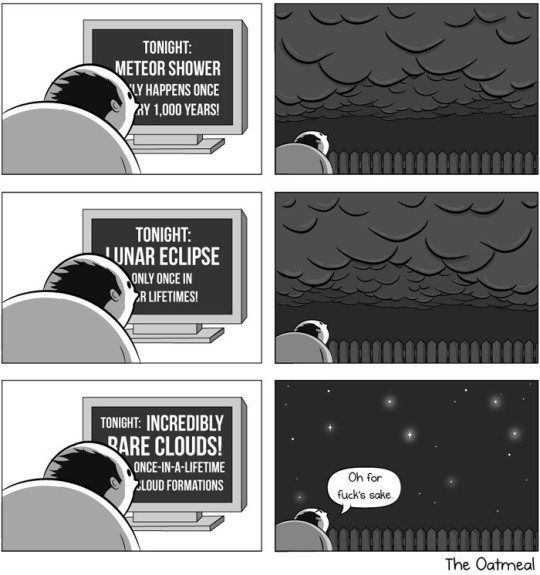
as always l The Oatmeal l ⬇txt-edited

#art#comics#space#space weather#celestial#celestial events#unlucky#aurora#aurora borealis#northern lights#humour
49K notes
·
View notes
Text
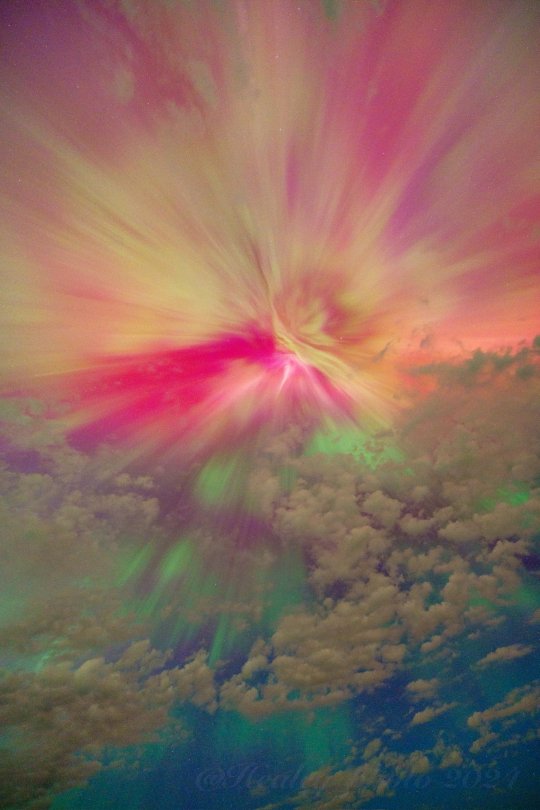
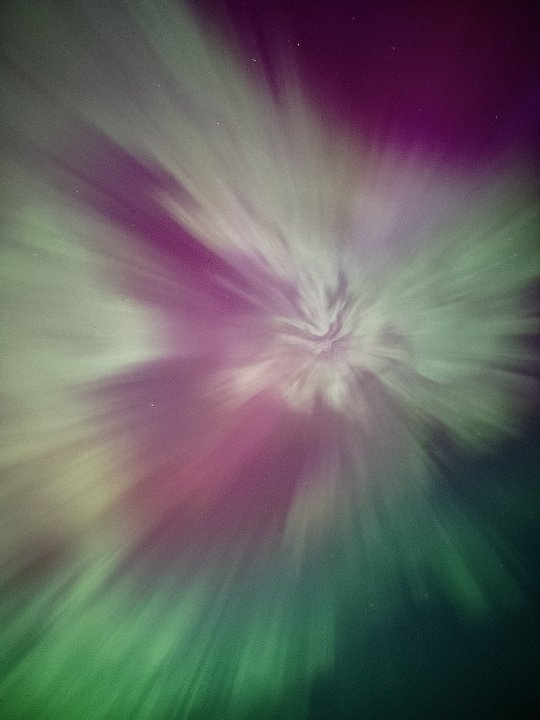
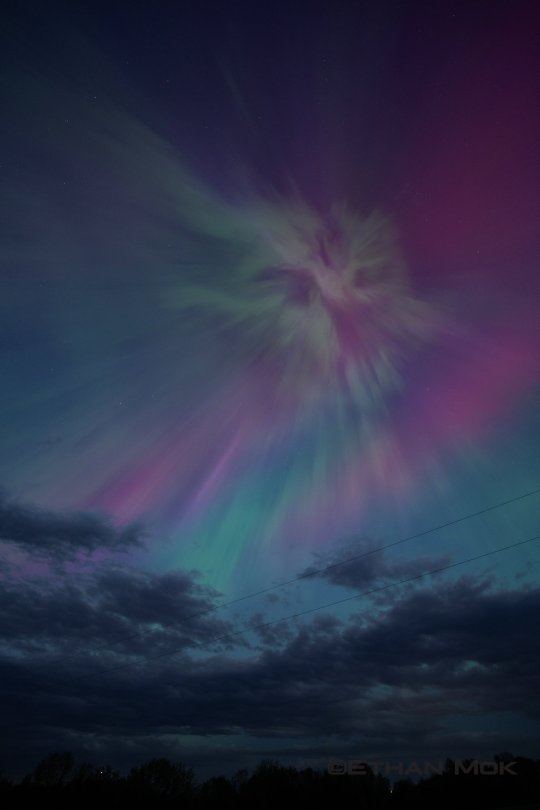
Monster Auroras during Solar Storm (x x x)
#aurora#aurora borealis#astrophotography#northern lights#night sky#stars#clouds#space#universe#astronomy#space weather
1K notes
·
View notes
Text
This is a significantly bigger flare than the one that triggered the aurorae in May. So we'll see what we get...
(See also the article at SpaceWeatherLive.com.)
318 notes
·
View notes
Text
First recorded-live meteorite strike on Earth!

Imagine one of these space rocks blasting through space at some 30,000 mph, blazing through the atmosphere, and making it all the way to the ground... and you're in the way.
For an idea of how that looks and sounds, check out the video recorded from a person's front-door cam:
youtube
That's a pretty hard smack. Were it not for Earth's atmosphere, that thing would have punched a hole in the cement. Also note the "smoke" - probably gas from vaporizing carbon dioxide - puffing out as the meteorite shatters against the ground.
This is how sky-free worlds end up with so many craters.
119 notes
·
View notes
Text
For anyone in northern North America: there is a chance you will be able to see the aurora borealis tonight (the evening of Friday May 10th 2024 through early morning of Saturday May 11th)!
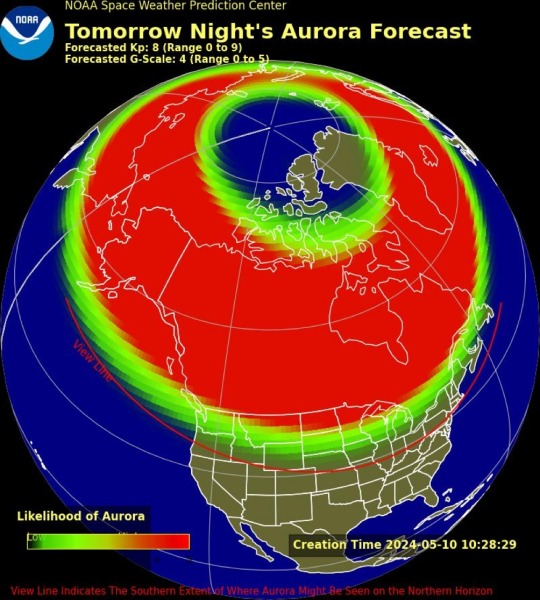
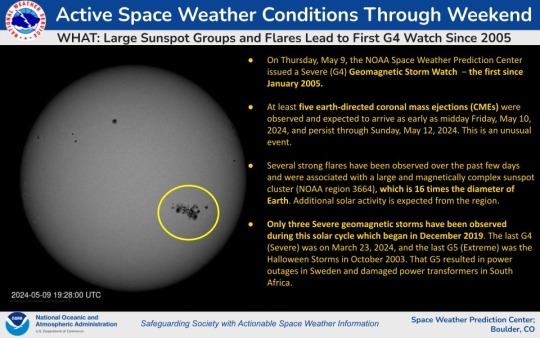
Keep in mind the red part of the first map is just your chance of seeing aurora directly overhead! Anyone north of the red line has a chance of seeing it on the horizon.
278 notes
·
View notes
Text
I am on Bluesky now!
Consider following me over there if you enjoy my photography. Thanks!

#bluesky#lensblr#photographers on tumblr#original photographers#artists on tumblr#aurora borealis#northern lights#iceland#astrophotography#space#space weather#aurora#night photography#photography
32 notes
·
View notes
Text

Nikhil Rajpal, an engineer linked to Elon Musk’s Department of Government Efficiency (DOGE), has been granted access to NOAA’s Google sites, according to sources.
NOAA employees were reportedly ordered to provide Rajpal with editor-level access by Wednesday, sparking concerns over transparency and data security. Rajpal, a former Twitter and Tesla employee with a libertarian background, lacks apparent expertise in NOAA’s scientific mission, which includes climate monitoring and weather prediction.
This move aligns with broader conservative efforts to downsize NOAA, as outlined in Project 2025. DOGE’s growing influence across federal agencies, including OPM and GSA, has raised alarms about its sweeping access to sensitive government systems and data.
#general knowledge#affairsmastery#generalknowledge#current events#current news#upscaspirants#upsc#generalknowledgeindia#world news#breaking news#news#government#technology#donald trump#trump administration#trump#president trump#republicans#elon mask#elon musk#musk#doge#noaa#aurora forecast#forecast discussion#space weather#weather#environment#weather forecast#us politics
22 notes
·
View notes
Text
people who didn’t see the auroras!!! Hi!! First of all I’m so sorry you missed out, they were spectacular, BUT DONT WORRY!! Right now, in the years 2024/2025, we are experiencing the PEAK of solar activity in the sun’s 11 year cycle. There have been so many huge sunspots already this year and we’re only getting started! Geomagnetic storms are common right now, so there’ll be at least a few more chances to see auroras in the coming year (given you’re not too close to the equator, as unfortunately a G5 storm is really rare, and that was what was required to produce auroras visible as far south as Florida and New Mexico). G3 storms seem to be quite common right now, and G4 are certainly possible again, which would almost definitely be visible quite far south. The best thing I would recommend is to check space weather websites! Not general news sites as they can often be misinformed and out of date (space weather forecasts change really quickly!!!). Here’s some websites in particular I recommend:
https://spaceweather.com - I check this site every day to get a summary of the day’s space weather and general space news. It also has a photo gallery where anyone can upload space pictures so you can see what people are seeing at that time.
https://spaceweatherlive.com - similar site but I find it less concise when it comes to a quick summary. It does have more of a hour by hour Kp forecast though. The best part of this website however is the Community channel, where people share what they’re seeing and their own personal predictions so you can get a live idea of what’s going on. It was so so useful for the storms at the weekend.
https://aurorasaurus.org - live map of where the auroras are and your chances of seeing them & other similar stuff
https://www.noaa.gov/ - where the official predictions come from
that’s all from me, good luck w the rest of the solar peak guys! Anyone with more knowledge feel free to add on, everything I’ve learned is from checking spaceweather.com every day for two years now :))
62 notes
·
View notes
Text
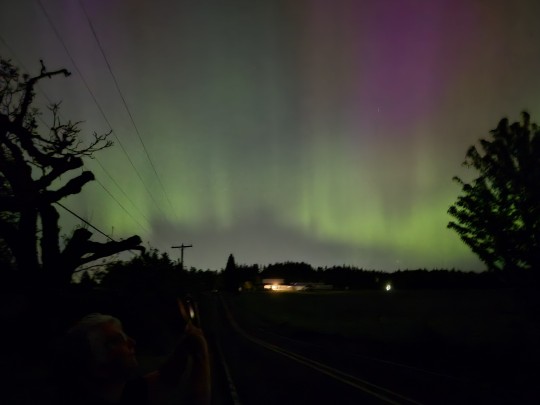
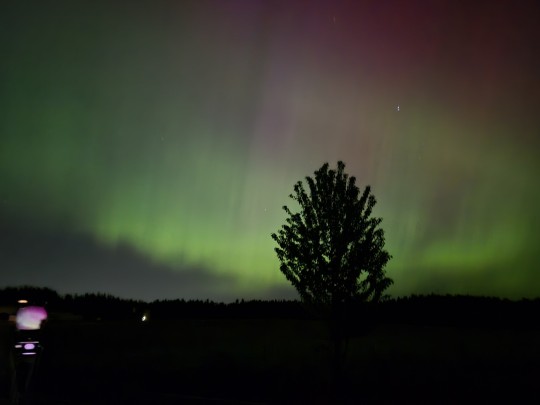
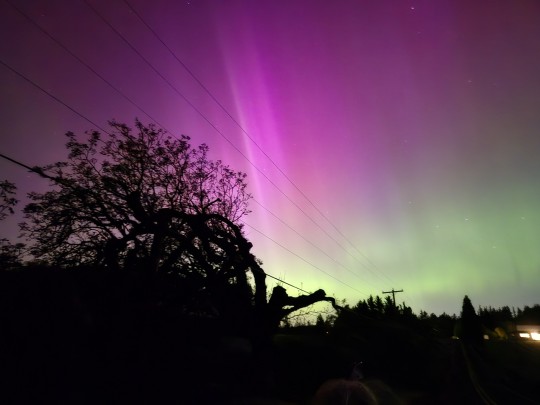
Pacific northwest. INSANE geomagnetic storm!!!
Never thought I'd see aurora borealis right at home. Woagh.
#aurora borealis#coronal mass ejection#geomagnetic storm#space weather#holy fucking shit. holy fucking shit. holy gu
44 notes
·
View notes
Text
Aurora deep into southern Midwest!
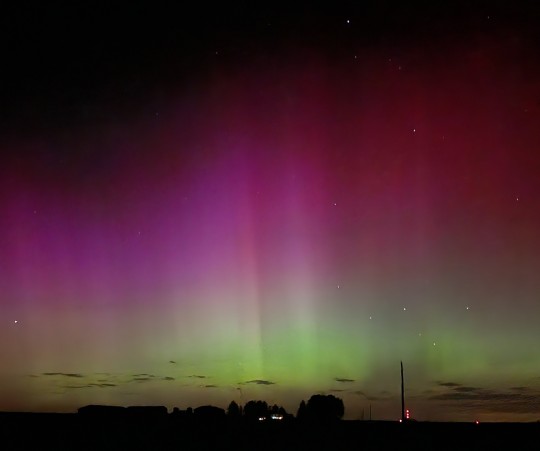
After Friday night's less-than-stellar experience hunting for a good spot to watch the aurora near LFK (short answer: there is none), tonight we decided to drive north a couple hours to get deeper into the aurora zone, and a little east to reach truly dark skies and skirt the clouds creeping across Kansas and Nebraska. Still pretty far south in the grand scheme of things (northern Missouri), but the darkest skies we've seen in a long time.
At first we parked as planned near a nature preserve in what is billed as a town (really just a handful of houses), but the northern view from there looked over a house that sits beside Loud Frog Land:
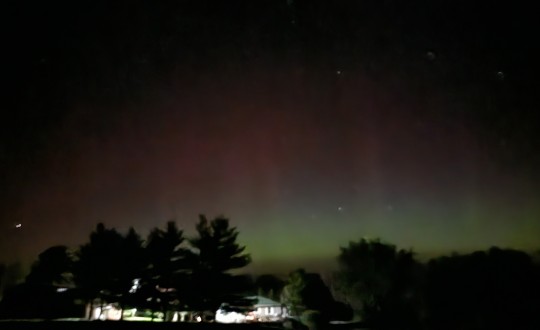
So when the sky began to dance (see this image), we drove a bit farther along hilly, winding country blacktop until finding a little gravel turn-around.
Just as we set out our folding chaise lounges, the sky really heated up, and for about 20 minutes it was amazing:
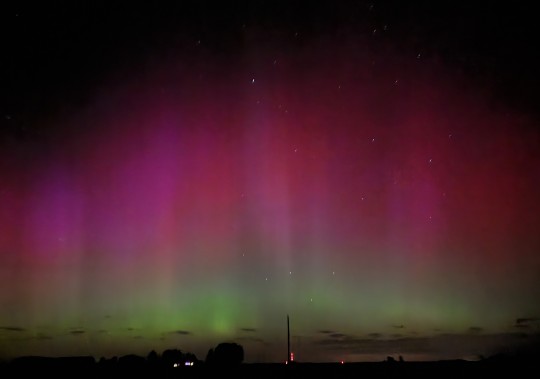
This image and the top one (by @bugs-are-buddies using her Android S22 Ultra) are much better than from mine (Note9); thanks, darlin'.
My tripod-mounted DSLR was a bust, though I managed to snap the below Moon image once I got the telephoto lens working - had to turn the autofocus on and off again to manually focus at all (always the same story with tech), so we missed imaging the burst of aurora action with that machine.
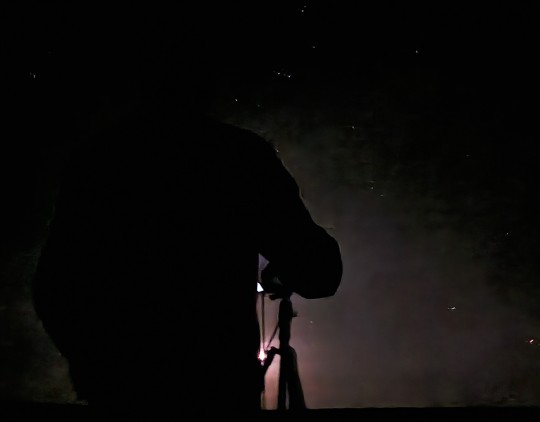

(Left image is me fiddling with the camera by the light of the Moon and the aurora's fading glow.)
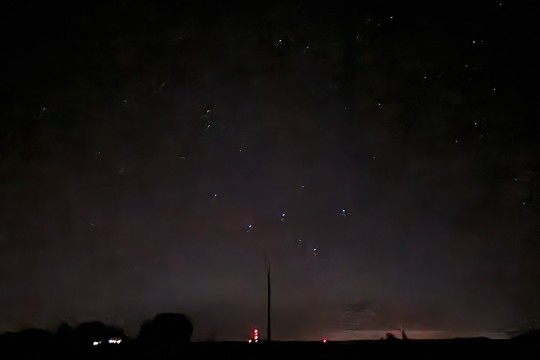
We stuck around for a while after the dramatically waving red-pink-green curtains diminished from their peak, hoping the huge Coronal Mass Ejection had more to offer, but things tapered off around Cassiopeia. And it was getting cold. So home we went.
The drive back was dinner of nut bars and pears, and introducing my sweetheart to some 1990s bangers on le Wedding Trip Jag's awesome speaker setup.
Two nights of dramatic aurorae - visible as far south as Kansas! Wow!
I hope you got a chance to catch some of the Sun's beautiful assault against Earth's skies. Ad Astra!
#aurora#northern lights#space weather#geomagnetic storms#coronal mass ejections#astronomy#our photos
33 notes
·
View notes
Text
The aurora may become visible over much of the northern half of the country, and maybe as far south as Alabama to Northern California
#astronomy#nasa#astronomers#universe#astrophotography#nasa photos#astrophysics#outer space#nasawebb#hubble space telescope#i love astronomy#astronomy facts#astronauts#space exploration#space#science#james webb space telescope#geomagnetic storms#geomagnetic field#space weather#science facts#planetary science#planetary nebula#galaxies#cosmos#planet earth#beautiful earth
26 notes
·
View notes
Text










The Northern lights 🌌✨️📸❤️💜💙🩵💚🩷🌠💖🌌😍
#life beauty colorful#northern lights#aurora borealis#sky in your heart#beautiful#photography#naturephotography#nature#my passion#love it#space photography#space weather
19 notes
·
View notes
Text
pretty cool view from the backyard tonight.
12 notes
·
View notes
Text
Sun Reaches Solar Maximum

watch the full NASA YouTube video: X
The Sun is stirring from its latest slumber.
As sunspots and flares bubble from the Sun’s surface, representatives from NASA, NOAA, and the Solar Cycle Prediction Panel announced that the Sun has reached its solar maximum period.
The solar cycle is a natural cycle the Sun goes through as it transitions between low and high magnetic activity and back again. Roughly every 11 years, at the height of the solar cycle, the Sun’s magnetic poles flip (on Earth, that’d be like the North and South poles swapping places every decade), and the Sun goes from calm to an active and stormy state.
During this most active part of the cycle (solar maximum), the Sun shows many more sunspots and often unleashes immense explosions of light, energy, and solar radiation, creating "space weather" which affects satellites and astronauts in space, as well as communications systems and power grids down here on Earth.
NASA and NOAA track sunspots to determine and predict the progress of the solar cycle - and ultimately solar activity. Sunspots are cooler regions on the Sun caused by a concentration of magnetic field lines. They're the visible component of active regions, areas of intense and complex magnetic fields on the Sun and the source of solar eruptions.
“During solar maximum, the number of sunspots, and therefore the amount of solar activity, increases,” says Jamie Favors of the NASA Space Weather Program. “This increase in activity provides an exciting opportunity to learn about our closest star, but also causes real effects at Earth and throughout our solar system.”
Solar activity has led to increased auroral activity and impacts on satellites and electronic infrastructure this year. During 2024, barrages of huge solar flares and coronal mass ejections launched clouds of charged particles toward Earth, creating the strongest geomagnetic storms we've experienced in decades, and possibly the strongest auroras visible in the past 500 years.
This is a great time to watch the Sun (via the internet or a properly filtered telescope only - never view the Sun without certified safe solar filters made for your instrument) and catch some auroras. Even here at Ad Astra headquarters in Kansas (which almost never sees an aurora), we've been able to enjoy a few nighttime light shows this year!
This solar maximum could last for many more months, so stay tuned!
40 notes
·
View notes

